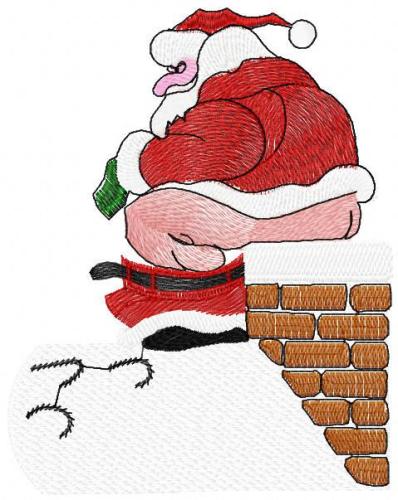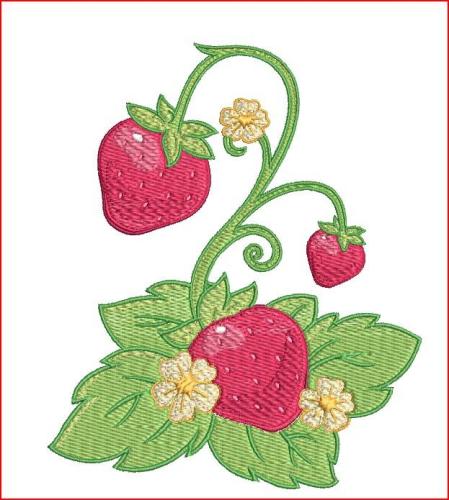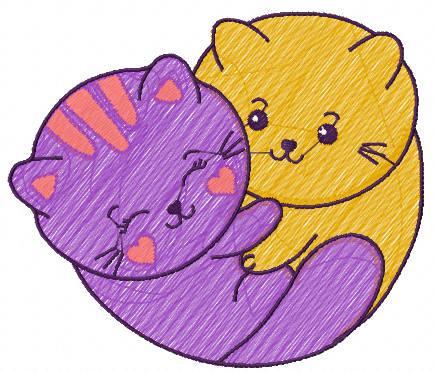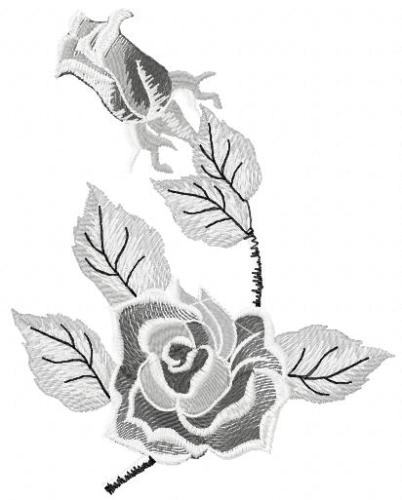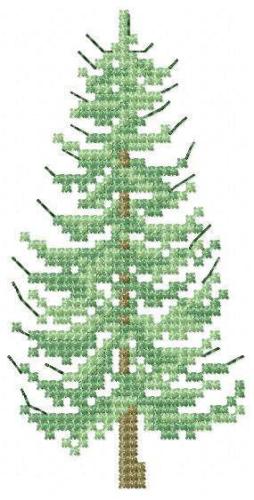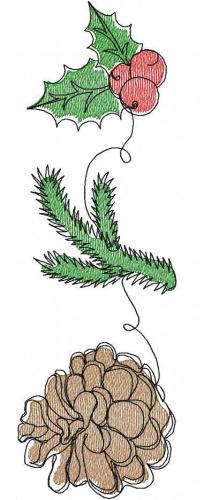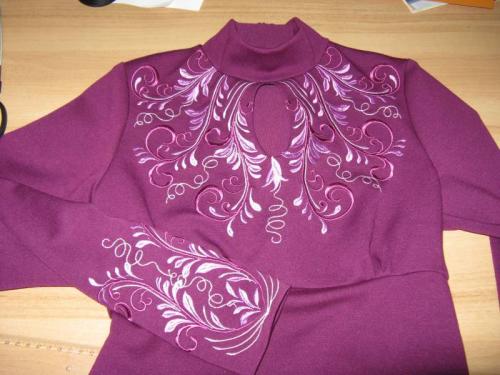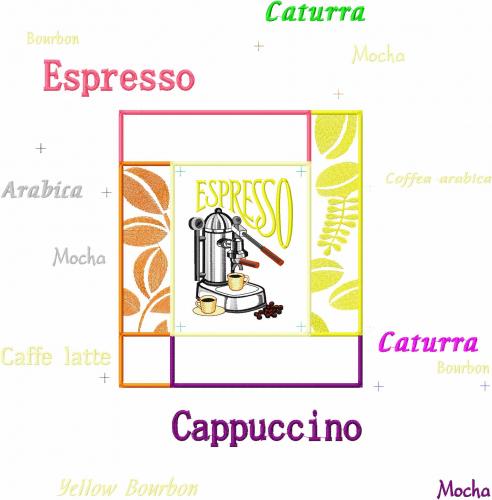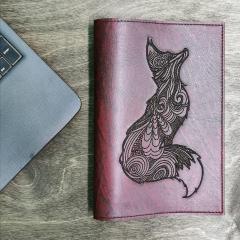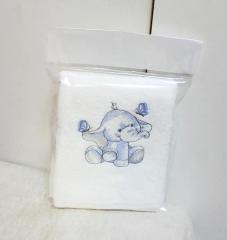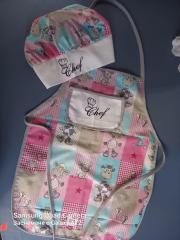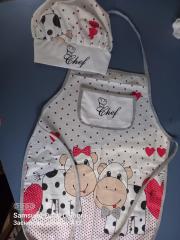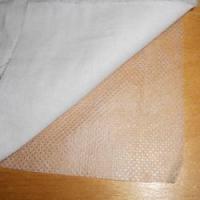
Original text by Marina Belova
Choosing a right stabilizer for a particular fabric is important for every embroiderer. If you want to know what a stabilizer is, what kinds of stabilizers are there and where they can be used, along with the other stuff, click here.
Wrong stabilizer plays has a great impact on the embroidery, for it is one of the reasons for various technical defects, which nobody wants.
Below are the recommendations on matching a particular type of fabric with a particular kind of stabilizer, which I found in various sources. You always need to have some kind of guide, if only a short one, which will give you a hint to where you stand and where to go from there. And then, to find a right kind of stabilizer for your type of fabric.
Obviously, one should choose a stabilizer according to the fabric qualities, such as: thickness, density, quality, type and so on. The basic rule goes as follows: the more tightly-woven and stable the fabric is, the lighter stabilizer it needs. And vice versa. In case you've found a right match you'll need only 1 layer of stabilizer (this is true in 99,9% of all cases).
|
The fabric
|
The stabilizer
|
|
Acrylic fabric
|
Cut-away
|
|
Acetate fabric
|
Cut-away
|
|
Velvet
|
Tear-away adhesive stabilizer (Filmoplast) or heat-away stabilizer (Thermogaze)
|
|
Corduroy
|
Tear-away for the thick fabrics and cut-away for the thin ones
|
|
Vynil
|
Tear-away
|
|
Felt
|
Cut-away
|
|
Gabardine
|
Cut-away
|
|
Gauzy fabric
|
Dense water soluble for the backing and thin water soluble for the topping
|
|
Jersey
|
Cut-away
|
|
Denim
|
Tear-away or no stabilizer
|
|
Chamois
|
Cut-away for the thin fabrics and tear-away for thick ones
|
|
Fake fur
|
Tear-away for the backing and water-soluble film for the topping
|
|
Damask
|
Cut-away
|
|
Leather
|
Cut-away for the thin fabrics and tear-away for thick ones
|
|
Lycra
|
Spunbond
|
|
Linen
|
Cut-away with temporary spray adhesive
|
|
Terry cloth
|
Cut-away or tear-away for the backing and water-soluble film for the topping
|
|
Muslin
|
Cut-away with temporary spray adhesive
|
|
Nylon
|
Tear-away adhesive (Filmoplast), heat-away (Thermogaze) or high-quality tear-away stabilizer
|
|
Voluminous knitwear
|
Cut-away with temporary spray adhesive
|
|
Organdy
|
Cut-away adhesive
|
|
Organza
|
Water soluble or high-quality tear-away
|
|
Sailcloth
|
Cut-away for the thin fabrics and tear-away for thick ones
|
|
Brocade
|
Tear-away
|
|
Percale
|
Cut-away
|
|
Pique
|
Cut-away for the backing and water-soluble film for the topping
|
|
Velour
|
Tear-away adhesive (Filmoplast)
|
|
Poplin
|
Tear-away or cut-away, depending on the fabric thickness
|
|
Sateen
|
Cut-away
|
|
Sateen
|
Cut-away with temporary spray adhesive or tear-away adhesive (Filmoplast)
|
|
Spandex
|
Cut-away with temporary spray adhesive or tear-away adhesive (Filmoplast), spunbond
|
|
Woolen cloth
|
Cut-away
|
|
Tweed
|
Cut-away
|
|
Knitwear (T-shirts)
|
Cut-away, tear-away or spunbond, depending on the quality of knitted fabric
|
|
Flannel
|
Cut-away
|
|
Fleece
|
Cut-away
|
|
Canvas
|
Tear-away or no stabilizer
|
|
Silk
|
Tear-away
|
|
Chiffon
|
Tear-away
|
I want to remind everyone that the aforementioned matches are the basic recommendations and not the rules.
What is also interesting is that a stabilizer is often replaced with other, cheaper, materials for cost reasons — the means the manufacturers strictly advise against (naturally). For example, you may see a stabilizer replaced with the printing paper, the embroidery spunbond with the building one, and water-soluble film with polyethylene. There is a lot of information about it on the Web.
I decided to check if water soluble film replacement was at all possible. You can read about this experiment here.
Edited by Irina
-
 1
1


